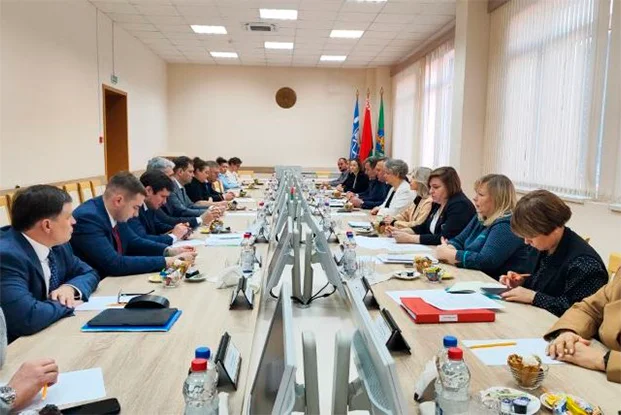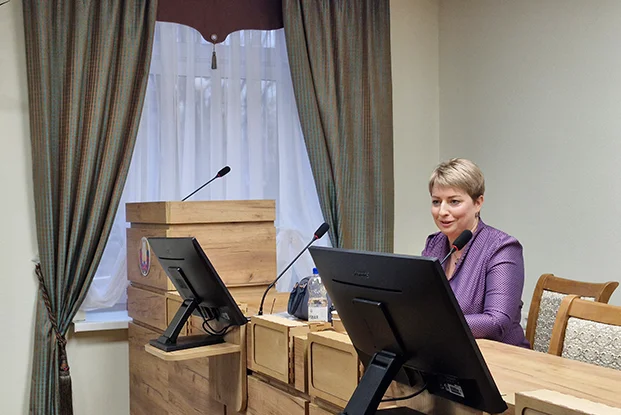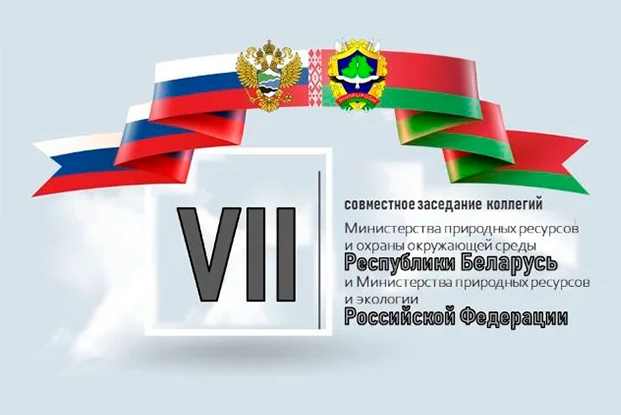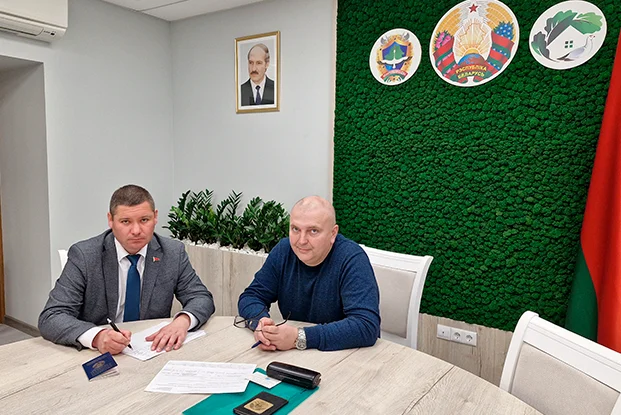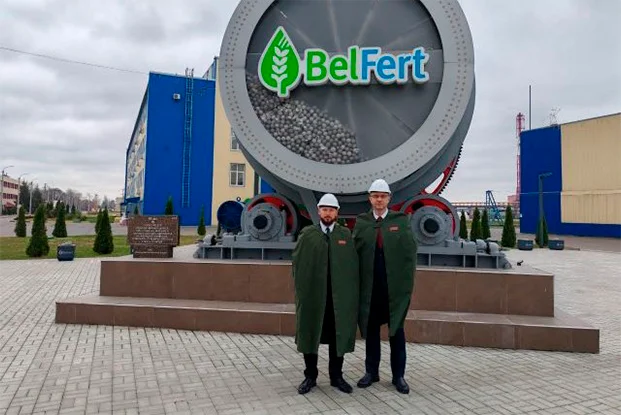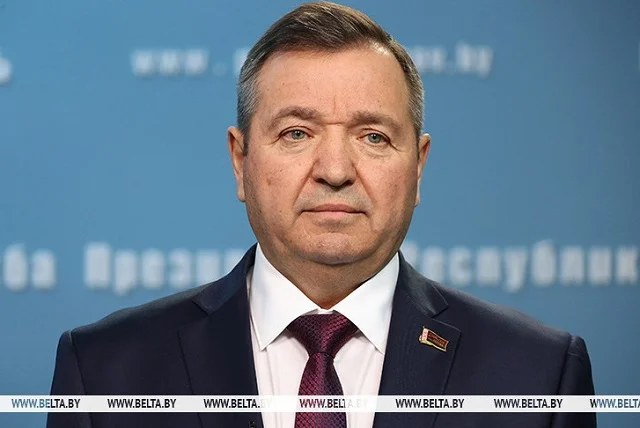
Belarus has reduced its import of mineral raw materials by six times in seven years. This was reported by the Minister of Natural Resources and Environmental Protection Andrei Khudyk at the meeting on the status and development of the country’s mineral resource base with the Head of State.
“In general, the volume of production in the mining industry in 2023 amounted to 104.3% of the previous year’s level. There is a steady decline in imports of mineral raw materials from 6.9 million tons in 2017 to 1,150 thousand tons in 2023,” said the head of the Ministry of Natural Resources.
However, in a number of areas Belarus is forced to import raw materials, since no relevant mineral resources have been identified on the country’s territory, or, given the geology, the conditions for their extraction are too complex and costly.
In general, the state of the country’s mineral resource base is characterized by the presence of sufficient resources to provide for the economy; there are significant reserves for increasing extraction and production.
Belarus ranks 21st among European countries in terms of the volume of extracted raw materials, second in peat extraction in the world, third in the world in potash salt extraction, 29th in rock salt extraction. In total, more than 50 types of minerals have been identified in the country.
The Minister admitted that the existing potential is far from being fully utilized. The President also drew attention to this at the meeting. He demanded that unified control over the development of deposits be established: for example, road workers need sand, builders are interested in crushed stone, power engineers – peat, but it is not clear who evaluates the situation and decides whether or not to extract associated minerals, if, for example, basalt lies under peat. Therefore, the supervisory role of the Ministry of Natural Resources is important.
And this issue is already being resolved. Since the end of 2022, the environmental protection agency has been endowed with additional functions to coordinate activities in the field of extraction and processing of minerals, development and improvement of technologies for enrichment of extracted resources. Prime Minister Roman Golovchenko explained that now the Ministry of Natural Resources should perform the function of the state treasury for minerals: “That is, not only to deal with their accounting, exploration and mapping, but also to bring them to industrial use.”
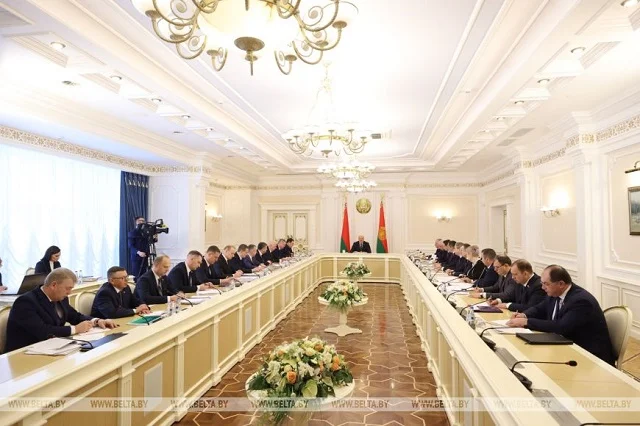
Another problem is that the existing production capacities for the extraction of domestic raw materials are far from being fully utilized. “First of all, this is still the area of responsibility of subsoil users. The situation is temporary. Given the sanctions, we had to change sales markets and logistics chains. This happened in 2020-2022. Today, the situation is changing for the better. The volumes of mineral extraction and, accordingly, the production of products are starting to increase,” said Andrey Khudyk.
In addition, new deposits of various minerals are being discovered, and their potential for industrial development is being assessed. One of the most important is a basalt deposit. This topic was also discussed at the meeting.
Basalt is used to produce mineral wool and soundproofing materials. Therefore, it is needed by the domestic construction industry, including from the point of view of import substitution. The business plan and the cost of the project implementation have yet to be finalized, and it is not small. “Work on basalts will be carried out jointly with the Ministry of Architecture and Construction. I am convinced that we will come to the right decision. The main thing is the economy. We understand this and are moving in this direction,” the head of the environmental agency noted.
According to him, the available calculations show that it is economically feasible to develop the deposit. We are talking about the Novodvorskoye deposit of basalts and tuffs in the Pinsk region.
The Minister also said that the use of new enrichment technologies will allow for almost 100% provision of production needs with domestic glass sands in 2025. Work is also underway on clays in the same vein.
Materials by BELTA




